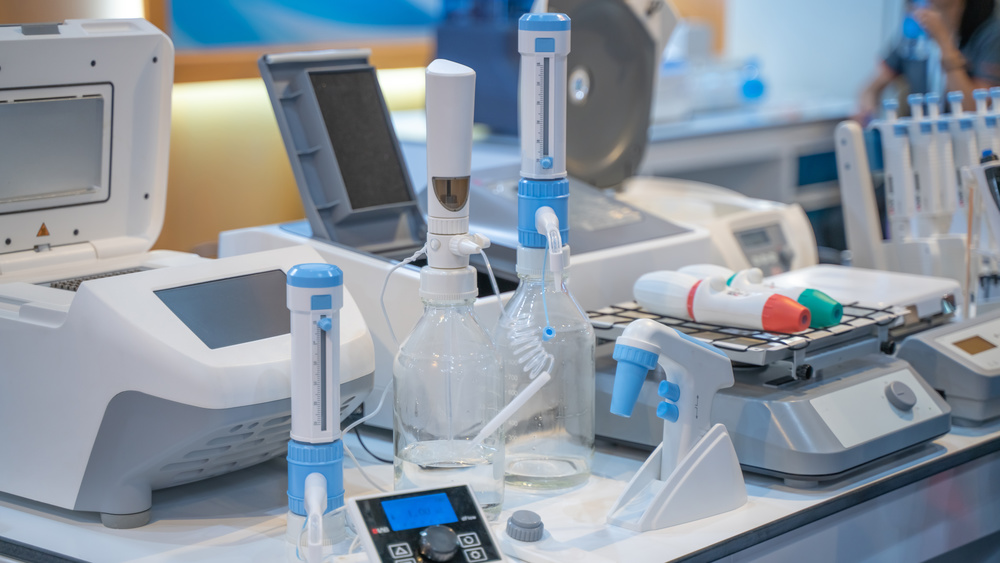What are the pcr light sources?
There are many choices for PCR (polymerase chain reaction) light sources, which are mainly determined by experimental requirements and instrument configuration. The following are some common PCR light source types and their characteristics:
Halogen tungsten light source:
Halogen tungsten lamp is a traditional light source that can emit a continuous spectrum and is suitable for a variety of PCR applications.
It can be equipped with multi-color filters to achieve different excitation wavelengths to meet the needs of different fluorescent probes.
Argon ion laser:
Argon ion laser is a high-brightness, monochromatic light source that is often used in PCR experiments that require highly precise excitation wavelengths.
Its high energy density and stability make it advantageous in certain specific applications.
Light-emitting diode (LED) light source:
LED light source is a new type of light source that has been widely used in PCR instruments in recent years.
It has the advantages of low price, low energy consumption, and long life, and is particularly suitable for large-scale, long-running PCR experiments.
Monochromatic LED light source requires different LEDs to achieve different excitation wavelengths, but this feature also makes it widely used in multi-channel PCR instruments.
Deuterium lamp:
Deuterium lamp is another common PCR light source, especially widely used in fluorescent PCR detection.
It can emit light of a specific wavelength to excite fluorescent probes and generate detectable fluorescent signals.
In the PCR optical system, the choice of light source not only affects the excitation efficiency of the fluorescent signal, but is also directly related to the sensitivity and accuracy of the experiment. Therefore, when choosing a PCR light source, it is necessary to make comprehensive considerations based on the specific needs of the experiment, the characteristics of the fluorescent probe, and the configuration of the instrument.
In addition, with the continuous development of technology, new light source types and optical systems continue to emerge, providing more choices and possibilities for PCR experiments. For example, the camera-type PCR optical system uses halogen lamps or LED lamp beads as light sources to detect fluorescent signals by taking pictures; while the fiber-optic PCR optical system uses optical fibers to transmit optical signals, further improving the flexibility and stability of the experiment. The development of these new technologies has brought more convenient and efficient solutions to PCR experiments.













